Bringing a new puppy into your home is an exciting and joyful experience.
However, it’s also a significant responsibility that requires careful preparation to ensure your home is safe and welcoming for your new furry friend.
Puppies are naturally curious and energetic, which means they can easily get into trouble if your home isn’t properly puppy-proofed.
This comprehensive guide will walk you through the steps to create a safe environment for your puppy, covering everything from securing hazardous items to creating a comfortable living space.
Why Puppy-Proofing is Essential
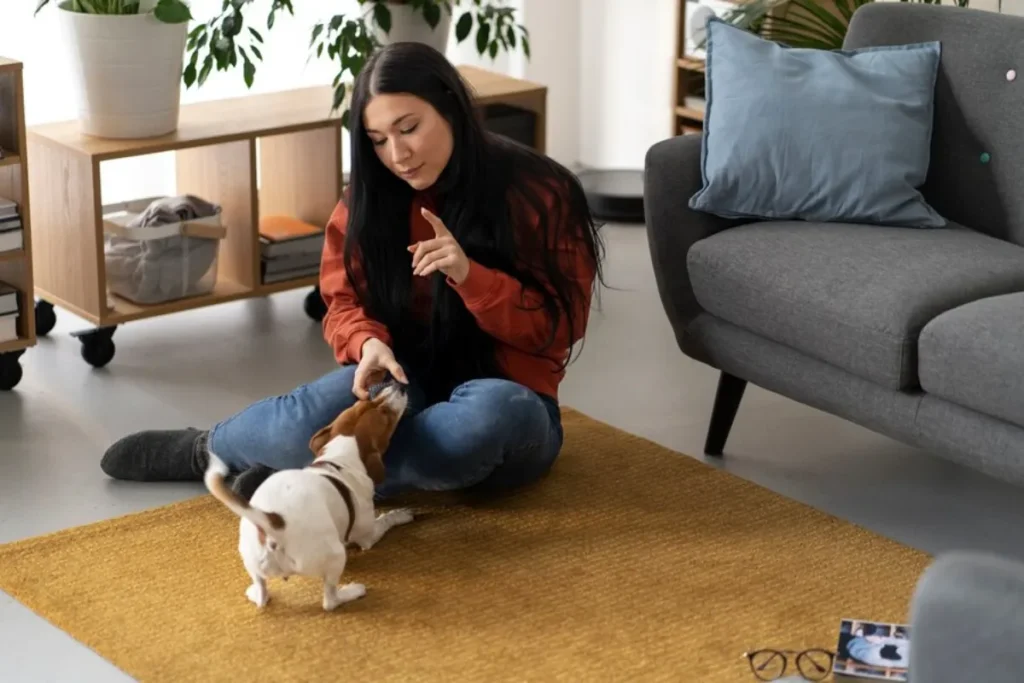
Puppy-proofing your home is crucial for several reasons:
Safety: Puppies are prone to accidents and injuries, especially in a new environment.
Removing hazards helps prevent mishaps.
Health: Many household items can be harmful or toxic to puppies.
Ensuring these items are out of reach protects your puppy’s health.
Training: A well-organized home aids in training by providing a structured environment, making it easier to establish good habits.
Peace of Mind: Knowing your home is safe for your puppy gives you peace of mind, allowing you to focus on enjoying your new pet.
Preparing Your Home: Room by Room
Living Room
The living room is often the center of activity in a home, making it a key area to puppy-proof.
Secure Cables and Wires
Puppies love to chew, and electrical cords can be a tempting target.
Use cord covers or hide wires behind furniture to keep them out of reach.
Remove Small Objects
Small items like coins, jewelry, and toys can be choking hazards.
Keep these items stored in drawers or containers.
Protect Furniture
To prevent your puppy from chewing on furniture legs or scratching upholstery, consider using pet-safe sprays that deter chewing.
Providing plenty of chew toys can also redirect their attention.
Block Off Hazardous Areas
Use baby gates or pet barriers to block off areas you don’t want your puppy to access, such as stairs or rooms with delicate items.
Kitchen
The kitchen can be a dangerous place for a curious puppy due to the presence of food, appliances, and cleaning supplies.
Store Food Safely
Keep food out of reach, either in cabinets or on high shelves.
Many human foods are toxic to dogs, including chocolate, grapes, and onions.
Secure Trash Cans
Use a trash can with a secure lid to prevent your puppy from rummaging through garbage, which can contain harmful items.
Lock Cabinets
Install childproof latches on lower cabinets to keep cleaning supplies, chemicals, and sharp objects out of reach.
Unplug Appliances
When not in use, unplug small appliances and store them securely.
Puppies can chew on cords or knock over appliances, causing injury or damage.
Bedroom
Your bedroom should be a safe and comfortable space for both you and your puppy.
Keep Small Items Off the Floor
Items like shoes, socks, and clothing can be enticing for puppies to chew on.
Keep these items in closets or drawers.
Secure Medications
Store medications in a secure location, such as a high shelf or a locked cabinet, to prevent accidental ingestion.
Protect Bedding
Consider using a mattress protector to guard against accidents while your puppy is being house-trained.
Keep pillows and blankets off the floor.
Create a Puppy Zone
Set up a specific area in your bedroom for your puppy, complete with a comfortable bed, toys, and a water bowl.
This gives your puppy a designated space to relax and feel secure.
Bathroom
Bathrooms contain various hazards that need to be addressed to ensure your puppy’s safety.
Keep the Toilet Lid Down
Puppies may be tempted to drink from the toilet, which can expose them to harmful chemicals.
Always keep the lid closed.
Store Toiletries Securely
Keep toiletries like soap, shampoo, and razors out of reach.
Store them in cabinets with childproof latches if necessary.
Use Non-Slip Mats
Place non-slip mats in the bathtub and on the bathroom floor to prevent your puppy from slipping and injuring themselves.
Secure Cleaning Supplies
As in the kitchen, ensure all cleaning supplies are stored securely and out of reach.
Yard and Garden
If you have an outdoor space, it’s essential to make it safe for your puppy to explore.
Fencing
Ensure your yard is securely fenced with no gaps or holes that your puppy could escape through.
Regularly check the fence for any damage.
Remove Toxic Plants
Some plants are toxic to dogs, including azaleas, lilies, and sago palms.
Remove any toxic plants from your yard or place them in areas inaccessible to your puppy.
Store Tools and Chemicals
Keep gardening tools, fertilizers, and pesticides stored in a locked shed or garage.
These items can be hazardous if ingested or chewed on.
Provide Shade and Water
Ensure your puppy has access to shade and fresh water when playing outside to prevent dehydration and overheating.
General Puppy-Proofing Tips
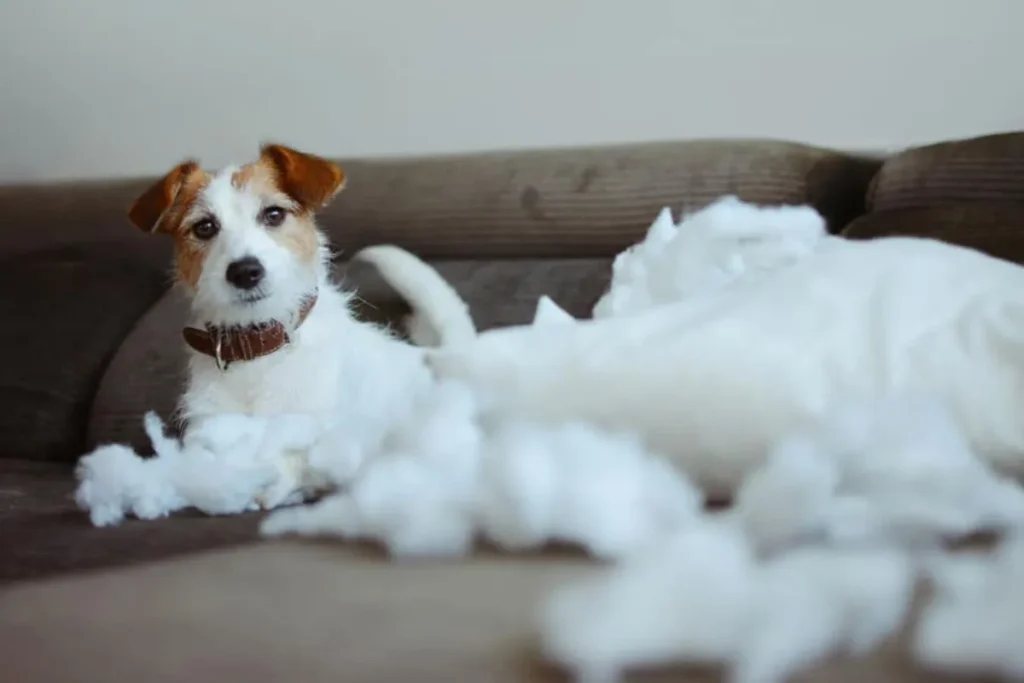
Toys and Chews
Provide a variety of safe toys and chews to keep your puppy entertained and discourage destructive behavior.
Rotate toys regularly to maintain your puppy’s interest.
Crate Training
Crate training is an effective way to provide your puppy with a safe and secure space.
Ensure the crate is appropriately sized and comfortable, with soft bedding and toys.
Puppy Gates
Use puppy gates to create safe zones within your home.
This helps manage your puppy’s access to different areas and prevents them from getting into trouble when unsupervised.
Supervision
Always supervise your puppy, especially in the early days.
This not only helps prevent accidents but also allows you to guide and train your puppy effectively.
Pet Insurance
Consider investing in pet insurance to cover any unexpected medical expenses.
Puppies are prone to accidents and illnesses, and having insurance can provide peace of mind.
Training and Socialization
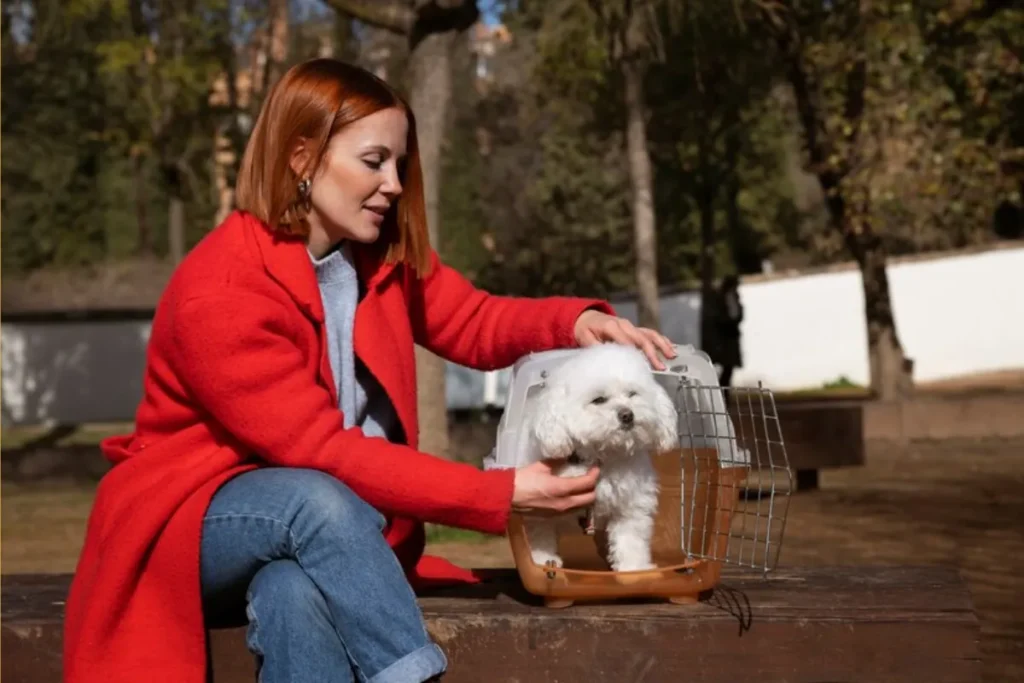
Establish a Routine
Establishing a consistent routine for feeding, potty breaks, and playtime helps your puppy feel secure and aids in training.
Positive Reinforcement
Use positive reinforcement techniques, such as treats and praise, to encourage good behavior.
Avoid punishment, as it can lead to fear and anxiety.
Socialization
Expose your puppy to various environments, people, and other animals to help them develop into a well-adjusted adult dog.
Socialization is critical during the first few months of life.
Enroll in Puppy Classes
Puppy training classes provide a structured environment for learning basic commands and socialization.
They also offer an opportunity to address any behavioral issues with the help of a professional trainer.
Common Hazards to Watch For
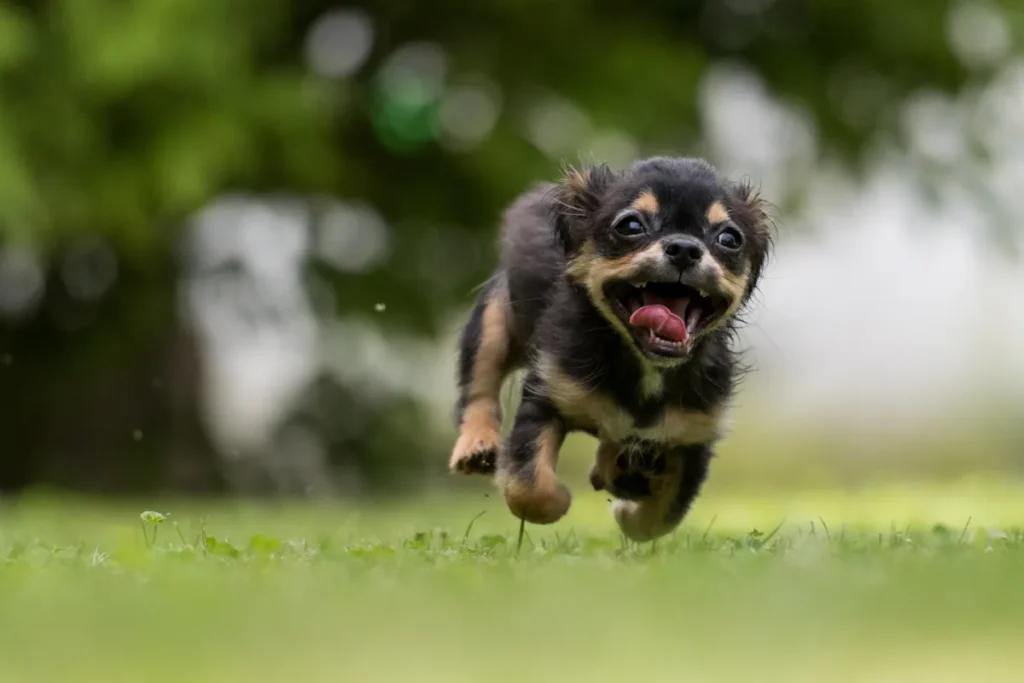
Electrical Cords
Puppies love to chew, and electrical cords can be a significant hazard.
Use cord covers or hide cords to prevent accidents.
Small Objects
Items like coins, batteries, and small toys can be choking hazards.
Keep these items out of reach.
Toxic Foods
Many human foods are toxic to dogs, including chocolate, grapes, and onions.
Ensure these foods are stored securely and avoid feeding your puppy table scraps.
Sharp Objects
Keep sharp objects, such as scissors and knives, stored securely.
Even everyday items like paperclips can pose a risk.
Household Cleaners
Store household cleaners and chemicals in cabinets with childproof latches.
Many cleaning products are toxic to dogs if ingested.
Conclusion
Puppy-proofing your home is a crucial step in ensuring the safety and well-being of your new furry friend.
By taking the time to secure hazardous items, create comfortable spaces, and provide proper training and supervision, you can help your puppy thrive in their new environment.
Remember, a safe and structured home not only protects your puppy but also sets the foundation for a happy and healthy life together.
Enjoy the journey of raising your puppy and cherish the moments of joy and companionship they bring into your home.
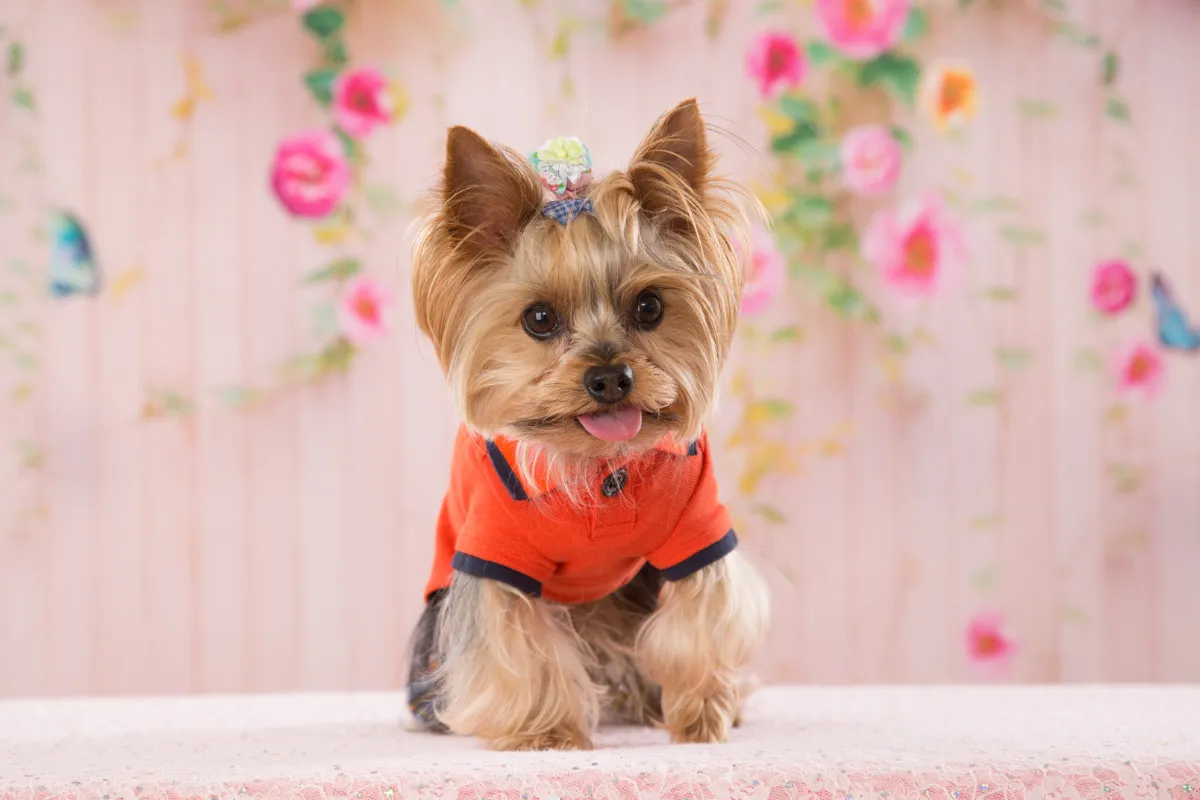
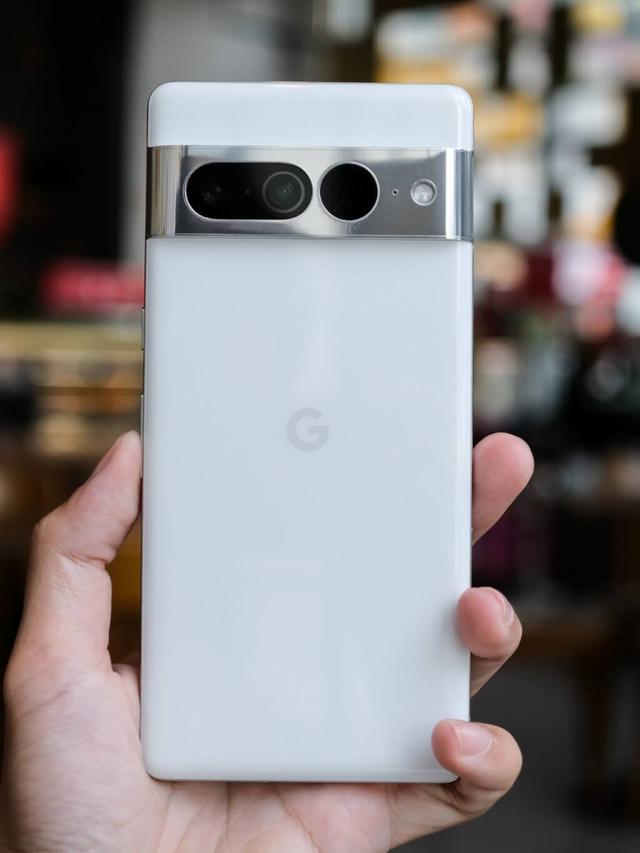
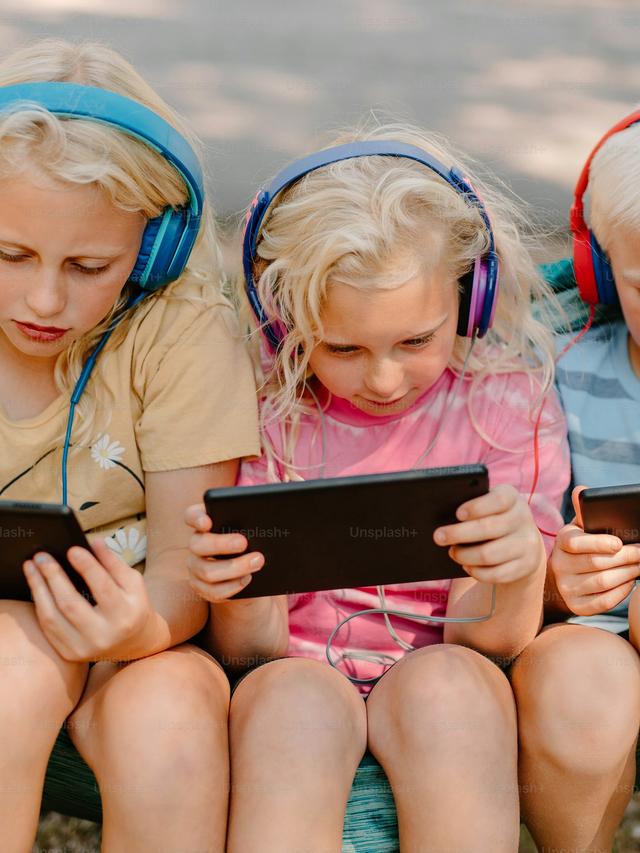
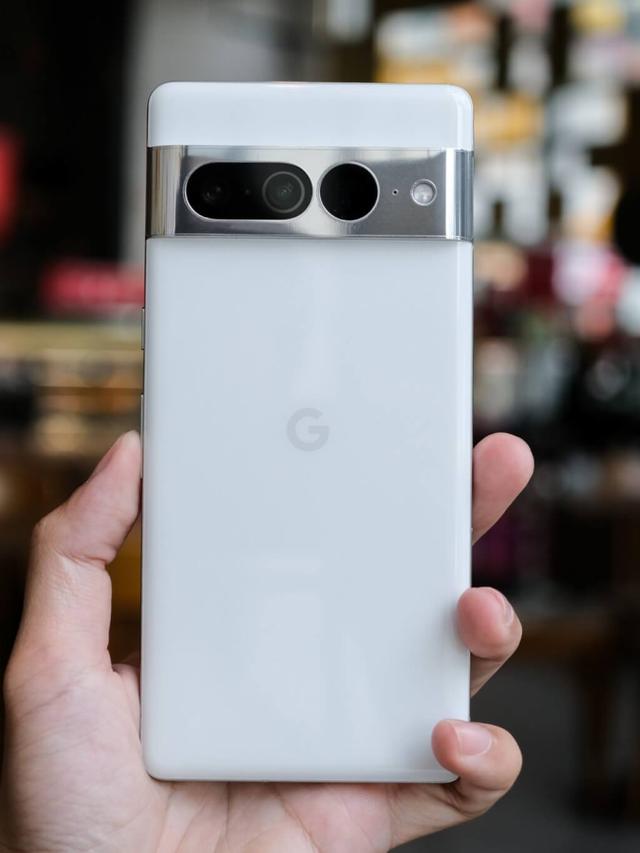

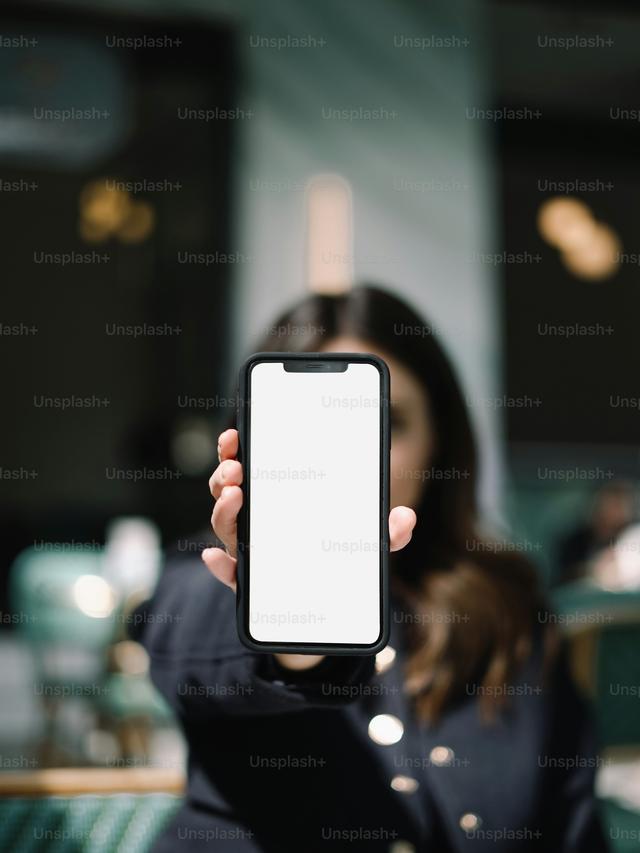
Leave a Reply